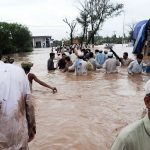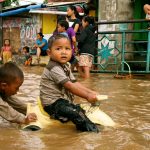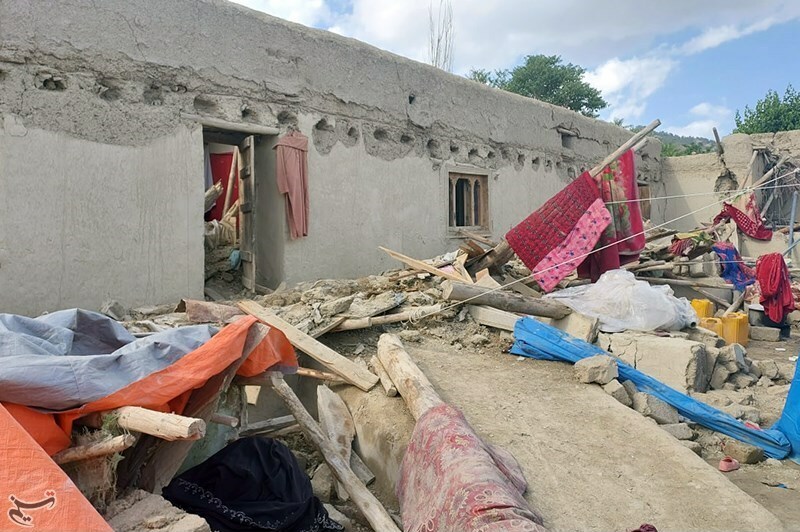Midnight Tremor Sparks Humanitarian Catastrophe
In the early hours of Sunday, a magnitude 6.0 earthquake struck eastern Afghanistan near Jalalabad, killing over 800 people and injuring nearly 2,800 more, according to Afghan authorities. The epicenter lay just 27 kilometers northeast of Jalalabad, in a shallow zone of high seismic risk.
Devastation in Remote Mountain Villages
The hardest-hit areas are in the rugged terrain of Kunar province, where entire villages were razed, landslides blocked access routes, and rescue operations were severely hampered. Over 600 homes—mostly constructed from vulnerable mud and stone—were destroyed or badly damaged across Kunar and neighboring provinces.
Rescue Efforts Hindered by Geography and Time
Search and rescue teams, backed by helicopters and ground volunteers, raced to reach isolated hamlets. Many injured were airlifted to hospitals, while locals, medical staff, and soldiers worked under harrowing conditions. Despite the efforts, communication breakdowns and blocked mountain roads complicated coordination.
Aftershocks Deepen the Human Toll
Numerous aftershocks, including a 4.5 magnitude tremor approximately 20 minutes after the main quake, exacerbated damage and terror. The cumulative magnitude of destruction is expected to push the toll higher as more villages await assessment.
Echoes of Afghanistan’s Disaster-Prone Past
This quake adds to a troubling pattern. In June 2022, another magnitude 6+ earthquake devastated eastern provinces, resulting in over 1,000 deaths. Similarly in 2023, Afghanistan suffered yet another deadly earthquake that heightened vulnerabilities rooted in poor construction and recurring humanitarian crises.
Aid Response: Domestic Mobilization, Limited International Help
The Taliban government pledged to deploy all available resources, coordinating rescue teams, blood donations, and emergency evacuations. The United Nations Mission in Afghanistan and regional volunteers have joined efforts. However, as of now, no significant international military or logistical assistance has been confirmed.
What Lies Ahead: Critical Needs and Rising Threats
- Humanitarian Crisis Deepens: Displacement, homelessness, and injuries are mounting against a backdrop of dwindling aid.
- Infrastructure in Ruins: Schools, health facilities, and water systems are likely badly affected, increasing the risk of disease outbreaks and long-term needs.
- Most Vulnerable at Risk: Children, the elderly, and impoverished communities in remote regions face dire conditions.
- Urgent Access and Aid Required: Without immediate relief and reconstruction, the region may remain mired in emergency for months, if not years.











